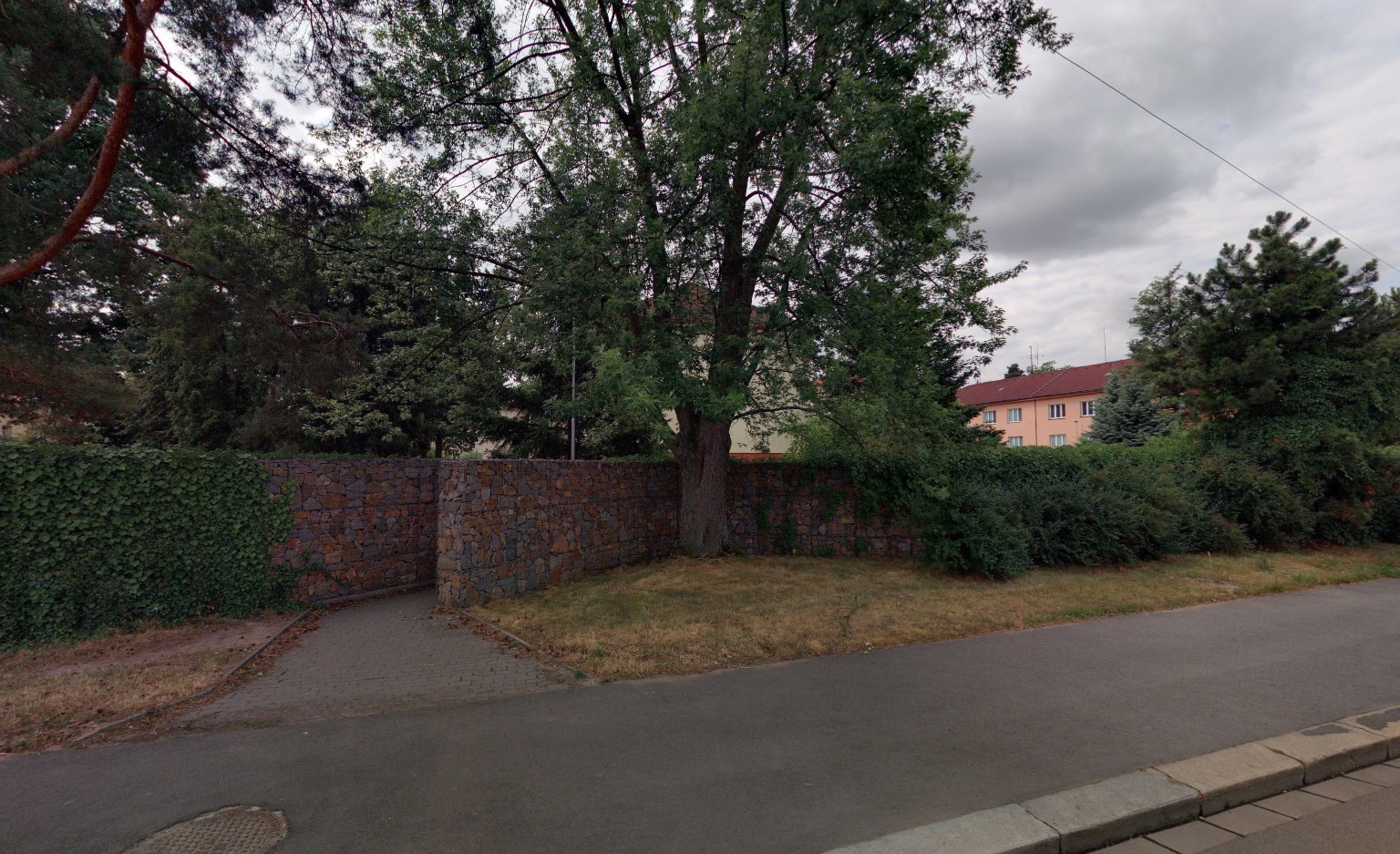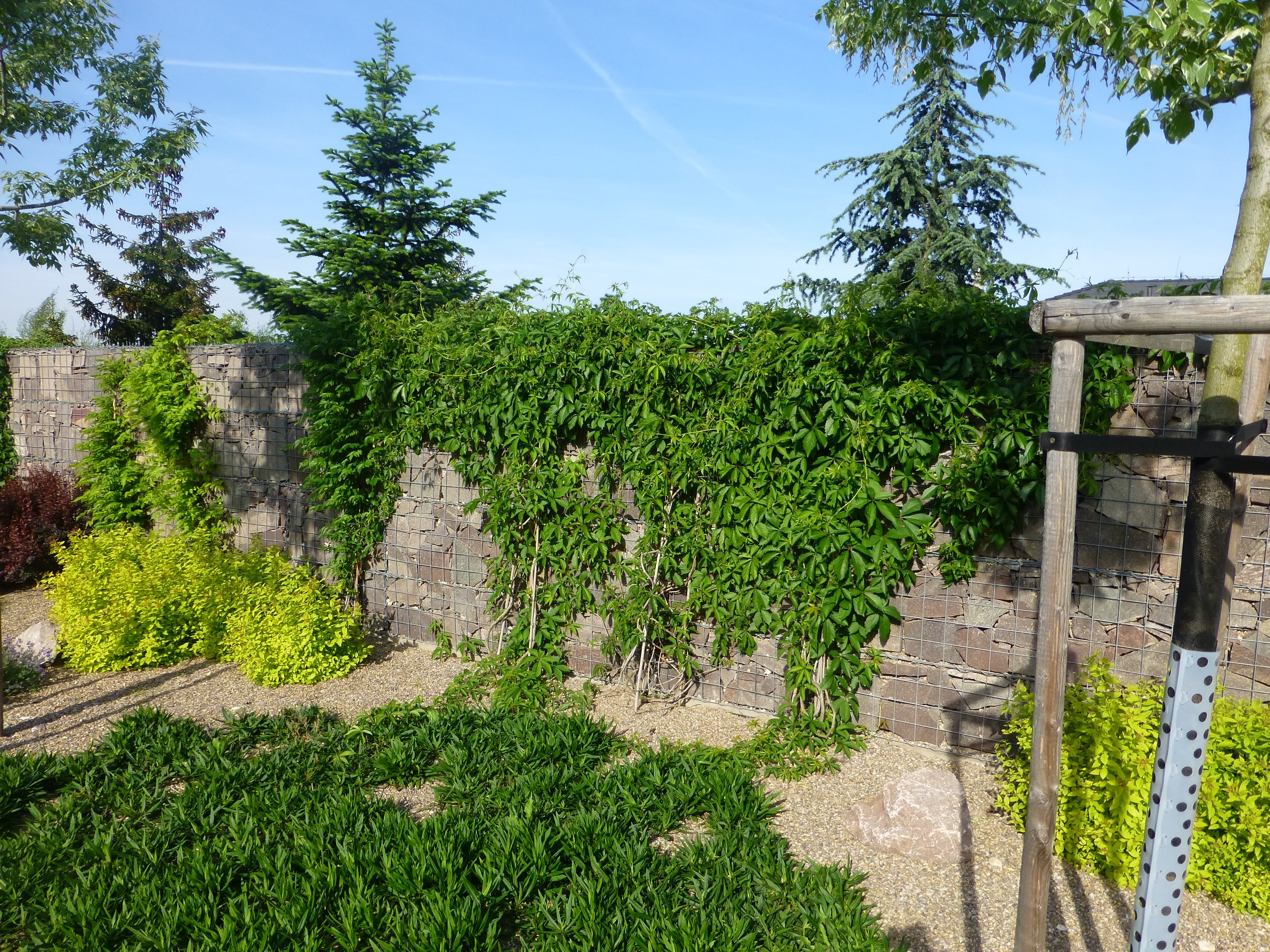EURECA
Good Practices




Protective gabion wall in Teplého street, city of Pardubice – Dukla
Country:Main Subject:
Description:
The gabions are the wire structures filled with natural stone that have been used in a construction since the time of Leonardo da Vinci.
Measurable studies show that the gabions have an 80% lower carbon footprint compared to concrete. This was achieved thanks to the environmentally friendly production process and materials from which the gabions are made. The gabions contribute to the long-term sustainability of the environment in several ways:
The 100% recyclability of the gabions is undoubted proof of their high environmental importance for our planet. The steel used in their production is the most recycled material in the world. More than 90% of the used steel is recycled so that it can be reused in the production of the cars, the building structures, machinery or packaging. By comparison, just over 30% of all plastics produced in the EU are recycled overall. The second and at the same time the most distinctive structural component of the gabions are stones. The gabions meet the strictest criteria for the use of the building materials in nature.
The long-term durability
In today's world, increasing traffic is one of the variables that is transforming our environment. The use of the gabions allows the roots of plants to grow from the outside and from the inside, which at the same time contributes to the improvement of their statics. The leaves of these plants help to reduce the proportion of carbon in the air caused by car exhaust fumes. Perhaps the most important feature of the gabions is their long-term durability, at least 50 years.
The protective the gabion wall: Teplého ulice, Pardubice – Dukla
When the gabions walls are established, the a gravel foundation strips are built under the gabions structures, which support a water retention in the urban environment – here they form groundwater "reservoirs" for the surrounding trees – after heavier rainfall, they provide time for the soil horizon for better absorption of rainfalls. Together with the adjacent gravel paths, they form infiltration collectors from which the trees and the shrubs draw water that would otherwise be transferred by surface runoff to the city sewerage system.
The embankments of the gabion walls are 2/3 gravel, which supports the stability of the walls and at the same time increases the possibility of rainfall infiltration. The residual and unsuitable stone material was used in the embankments, which was not suitable for putting into the gabion construction (the stones that were too large or too small). At the same time, this supported the economy of construction and the non-waste rate (no removal of excess material). The passage through the gabion wall is made possible by the curved alleys so that the noise from the street cannot pass directly – the wall is an obstacle to its spread. No tree was cut down during the construction – thanks to the possibilities of building from the gabions, the wall was undulated so that it passes between the individual trees and minimally disturbs their root system. In the picture, Acer saccharum, where the roots were carefully exposed, the underlying gravel was backfilled, on which the wall was arched without damaging the roots of this tree – 6 years after the construction, the tree is in good condition. The wall is already completely covered with the plants such as Parthenocissus tricuspidata and Hedera helix in some places. Thanks to the gravel subsoil of the walls and the gravel paths, the greenery has enough moisture even in the dry summer months, when the lawns are already in poor conditions. The structure of the gabion walls with a number of irregularly sized joints between the stones supports the species biodiversity, creating the shelters for the insects and the small vertebrates such as the lizards and the birds.
For increasing the noise function, a geotextile is possible to add into the gabions construction. A finer material has a greater ability to absorb the street noise (less reflectivity and more surface area). At the same time, it provides support for the climbing plants (purposefully planted fast-growing Parthenocissus tricuspidata, Hedera helix, Campsis and Clematis) serving to cool the environment in the summer months. The climbing plants for greenery, which is a part of the anti-noise effect of the wall and at the same time retains airborne dust (PM10) from the adjacent busy road.
Reference links:
https://gabionylemon.cz/clanek/8/gabiony-a-jejich-vliv-na-zivotni-prostredi
https://www.mujdumkrokzakrokem.cz/gabionove-steny-vhodny-doplnek-nejenom-pro-moderni-zahrady/
https://desaterotvariosobnosti.cz/proc-se-instaluji-gabiony/
SDG direct/ indirect short justification:
DIRECT SDGs:
- Make cities safe, resilient and sustainable (SDG 11)
INDIRECT SDGs:
- Promote sustainable ecosystems and widen biodiversity (SDG 15)
- Management of water (SDG 6)
Justification:
- SDG 11 Improvement of human lives in cities and protect human health.
- SDG 15 Widen biodiversity and ecosystem.
- SDG 6 Soil around the gabion walls increases the possibility of absorbing rainfall.
Keywords:
City:
Location:
Questions:
- Why is the gabion wall so friendly to the environment?
- How does the gabion wall increase local biodiversity?
- Which way does the gabion wall improve human surroundings and environment?
Additional comments:
Dust particles
PM10 (PM10 – Particulate Matter10 = dust particles, less than 10 micrometers)
Particles less than 10 μmse can lodge in the trachea and cause health problems. Inhaling PM10 mainly damages the cardiovascular and pulmonary systems. It can cause chronic bronchitis and chronic lung diseases even these diseases can progress to lung cancer.
Noise
A lack of silence, or noise, is often the cause of disturbances in attention and memory, thinking, reasoning, physical and mental performance are reduced. It also causes tiredness to exhaustion, emotional lability, sometimes aggression and depression, sleep disturbances. Může It can raise your blood pressure, it can make your heart beat faster. The effects of long-term, chronic noise even include a reduction in a person's immune abilities and the possibility of a heart attack.
Authors:
Jiří Janoš, Michaela Vachunová and Roxana Vachunová
Spolek absolventů a přátel zemědělské školy v Chrudimi z.s




